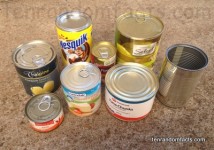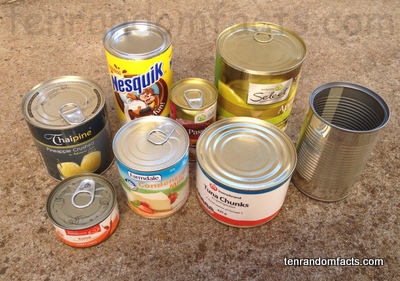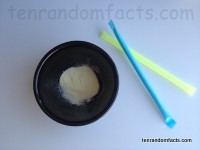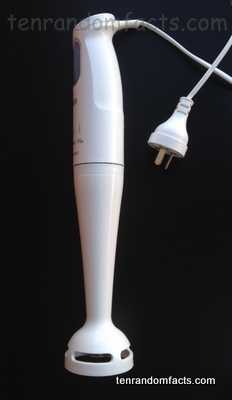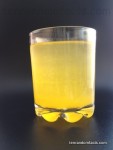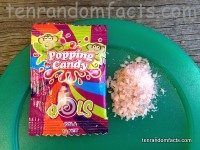
‘Pop! Pop! Pop!’ goes the popping candy.
- Popping candy is a confectionery item that notably reacts by fizzing on contact with moisture.
- ‘Popping candy’ is also known as ‘Pop Rocks’, ‘Space Dust’, ‘Action Candy’ and ‘Cosmic Candy’, all of which have been names of commercially produced versions of the candy.
- Corn syrup, sugar and lactose are the primary ingredients of popping candy, along with flavours and colours.
- Popping candy is typically made by allowing the melted mixture of ingredients to come in contact with carbon dioxide gas that has been pressurised, causing small bubbles of the gas to be caught in the confectionery as it cools.
- On contact with moisture, popping candy makes sounds of crackling and popping, caused by the release of carbon dioxide as the candy melts, usually on one’s tongue.
- Popping candy was created in 1956 by William Mitchell, a chemist for the American company General Foods, and it was a failed experiment, as it was originally intended to be a fizzy ‘tablet’ to create an instant carbonated drink, that was not successful.
- The minuscule bubbles of carbon dioxide in popping candy are able to be seen with the use of a microscope; while the product can be purchased in small sealed packets, and can also be found in chocolate bars and included in other confectionery items.
- The well known myth that the combination of stomach acid, carbon dioxide and carbonated drinks causes stomach explosions, which surfaced in 1979, was ever only a myth, and was confirmed as such when it was busted by MythBusters in 2003.
- Popping candy typically looks like small crystals or ‘rocks’, although it can be powdery, and it comes in a wide variety of colours and a number of flavours.
- Popping candy did not become commercially available until 1975, when General Foods released the product, known as ‘Pop Rocks’, however it was removed from sale in 1983 due to it being a commercial failure, however, the confectionery was later manufactured in the 2000s by various companies, and became a success.
Bibliography:
Hiskey D, Why Pop Rocks Pop, 2011, Today I Found Out, http://www.todayifoundout.com/index.php/2011/01/why-pop-rocks-pop/
Pop Rocks, 2015, Wikipedia, http://en.wikipedia.org/wiki/Pop_Rocks
Pop Rocks History, n.d, Pop Rocks Candy, http://www.poprockscandy.com/history.html





